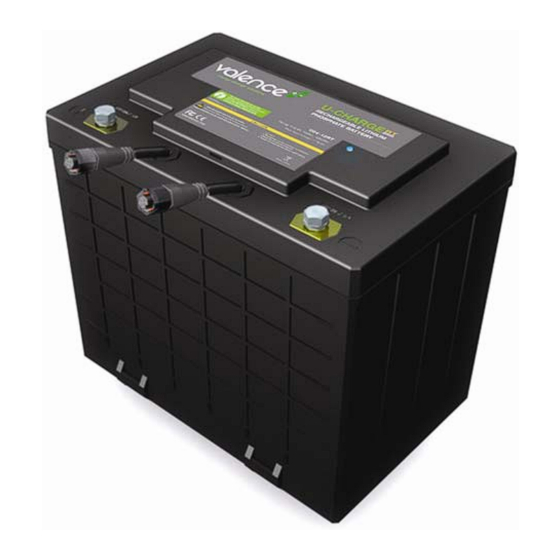From my experience, watching the voltage rise while charging, I would say below 0.2 Cthere is any orientation about what could be considered "low charging current"?, maybe /1C?, .01C?
Sorry, I don't understand the question.Not sure if i get this... your guideline about "real" voltage its with the battery specifically underload and its relation with resting voltage at the same SOC?
Many detect charge termination and "synchronize" to 100% SOC when cell voltage exceeds a set value on all cells.Problem mine doesn't have any algorithm to detect charge termination and reset itself
I assume that capacity reading is the SOC (State Of Charge)if you set the voltage termination to 12 volts using a relay to disconnect, the unit will disconnect at 12 volts no matter what the capacity reading is. Same with the other settings.
So if you want to take good care of your batteries, you should do some test runs, watch the SOC and set the charge voltage to minimize risk of overcharge.
In some cases, the voltage is below the upper knee. In these cases, automated frequent Top-Balancing is a risky proposal.




